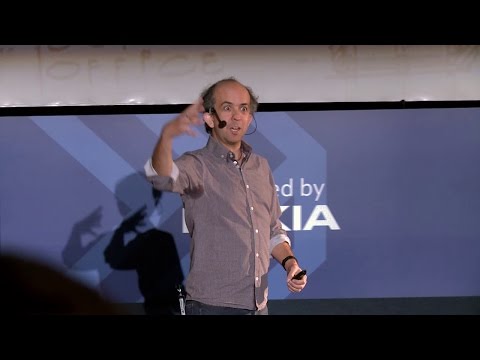Description:
Explore a thought-provoking lecture from the code::dive 2016 conference that delves into the concept of thinking outside the synchronization quadrant. Discover how architecture is the art of wasting space and how systems possess properties shaped by the cost of change. Examine the intricacies of concurrency and the importance of understanding all possible states in which code may execute. Learn about prevention strategies, sequential processing, and the concept of futures in asynchronous programming. Investigate the lambda calculus and its significance in functional programming. Gain insights into API design principles, including one-way data flow and the use of immutable view models. Understand how to balance code understandability with performance optimization through profiling and caching techniques.

Thinking Outside the Synchronisation Quadrant
Add to list
#Conference Talks
#Code::Dive
#Programming
#Software Development
#Computer Science
#Functional Programming
#Software Engineering
#Software Architecture
#Lambda Calculus